Best thermal imager for hunting
A thermal imager is a very useful gadget for identifying hidden targets, especially in the dark. The market is therefore filled with numerous alternatives. Which may be overwhelming for a new buyer.
This article lists and reviews the best thermal imagers available on the market. That you can use for hunting.
It intends to help a new buyer make an informed decision. And acquire something that will give them good value.
lets get started…
6 Best Thermal Imagers for Hunting
| Product | Image | How To Buy |
|
Leica Calonox View 2.5 x 42mm Thermal Imaging Monocular |
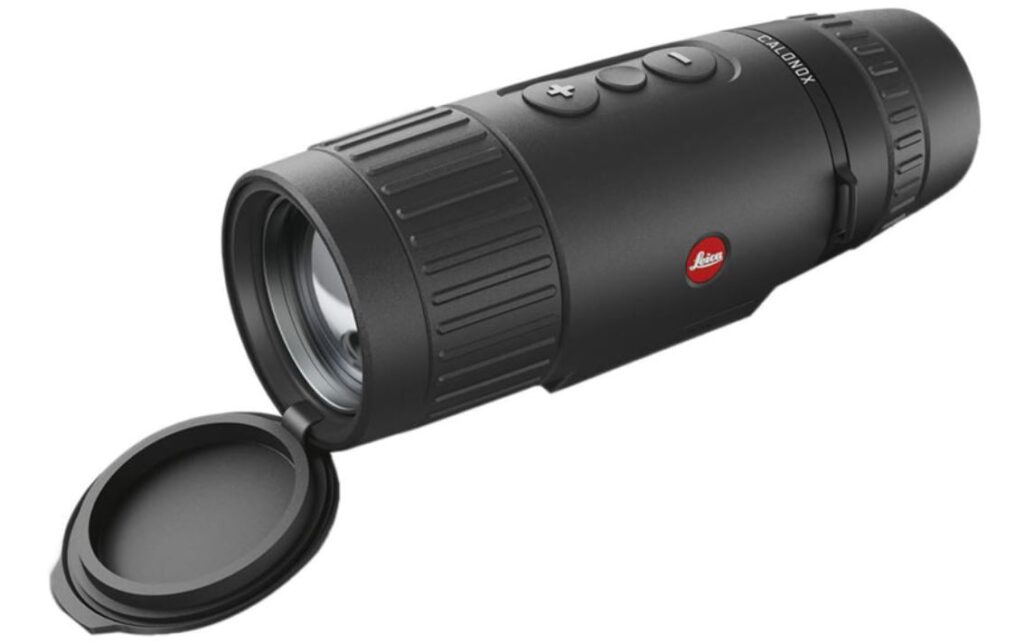 |
|
|
FLIR Systems Scout II 320 Thermal Night Vision Monocular |
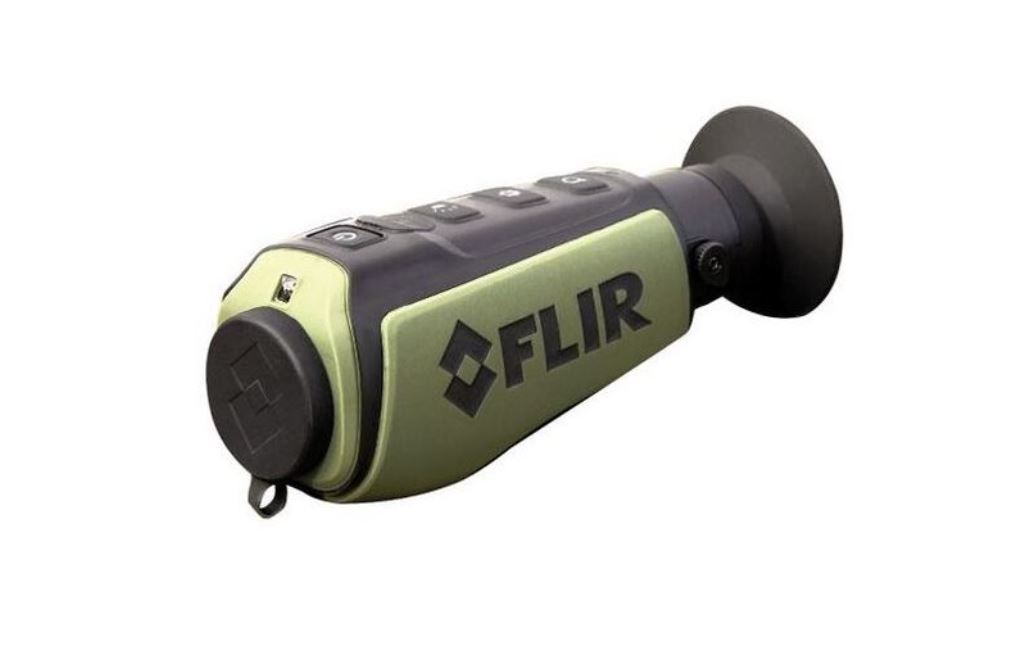 |
|
|
AGM Global Vision Taipan TM10-256 Thermal Imaging Monocular |
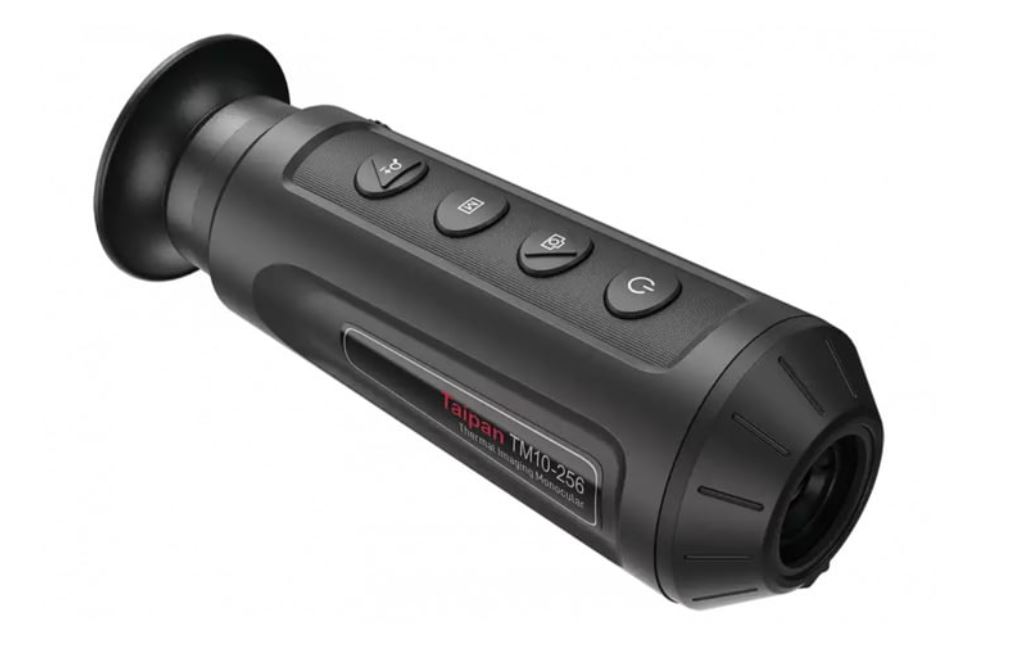 |
|
|
Seek Thermal Revealpro High-Resolution Thermal Imaging Camera |
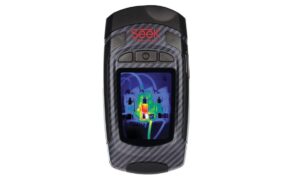 |
|
|
ATN OTS-XLT 2.5-10x Thermal Viewer |
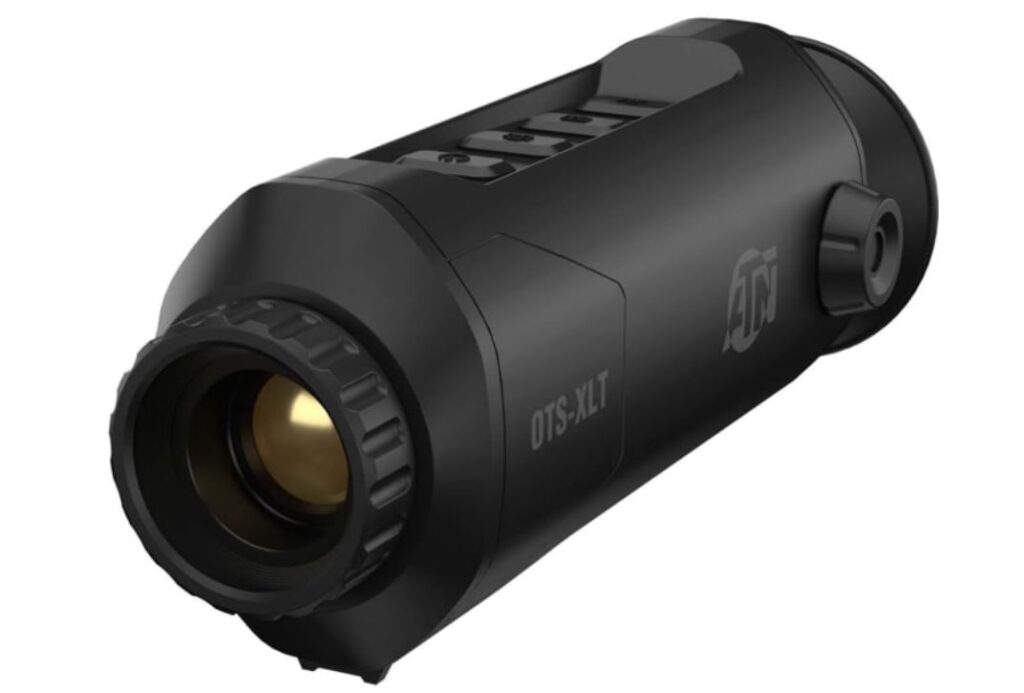 |
|
|
FLIR Scout TK Handheld Thermal Imaging Monocular |
|
The detailed reviews….
1. Leica Calonox View 2.5 x 42mm Thermal Imaging Monocular

The Leica Calonox offers the best value of any thermal imager thanks to its exceptional performance.
It uses a sensor with 640 x 480 resolution, one of the highest available, to deliver graphics that are displayed on an HD screen of 1280 x 960 pixels.
Additionally, at 3000 yards, you get one of the largest detection ranges. Meaning that you can be as distant as possible from your target when hunting.
The thermal monocular employs a rechargeable lithium battery that can last up to 6 hours in continuous usage. The shell is durable and the monocular is rated IP67 for waterproof.
This means that it can operate under severe weather elements and still provide you with the best quality images.
Features
- Sensor resolution: 640 x 480 pixels
- Display resolution: 1280 x 960-pixels
- 5x magnification
- Detection distance: 3000 yards
- Operating Temperature: -4 – 122 Fahrenheit
- Dimensions: 170 x 60 x 64.3 mm.
- Weighs 17.6 oz.
Pros
- The 3000 yards detection range is unrivaled
- Delivers images of excellent quality
- Highly sensitive sensor
- Easy to use
- Durable and weathertight
Cons
- Pricey but worth it.
2. FLIR Systems Scout II 320 Thermal Night Vision Monocular

This night vision monocular has incorporated advanced features. To make sure that you experience the best performance and hunting experience. The camera is ergonomic, lightweight, and can detect heat signatures as far as 550 yards away.
The other thing that sets this camera apart is the resolution of the sensor at 320x 240 pixels. It might not be the highest resolution on the market, but the sensor works well to deliver refined images. Which are then displayed on a decent-quality 640 x 480-pixel LCD screen.
Durability comes in the form of an internal rechargeable Li-ion battery that gives you up to 5 hours of use. Moreover, the monocular is constructed using a robust plastic that is weathertight in all sensitive areas.
Features
- Detects distance: 550 yards away
- 640 x 480-pixel LCD displays
- 320x 240-pixel sensor
- 2X zoom
- Operating temp: -4°F to 122°F
- White Hot, Black Hot detection palettes
- Weighs 12 ounces
Pros
- 19 mm lenses provide broad situational awareness
- Fits easily in the palm of your hand
- Weather-tight, ergonomic design
- Delivers good-quality thermogram images
- Easy-to-use menu
- Includes a Utility light for finding items dropped in the dark
Cons
- Some thermal imagers can cover a longer distance
3. AGM Global Vision Taipan TM10-256 Thermal Imaging Monocular

The AGM Taipan Is not only designed to identify targets but is also great for tracking moving targets. This is because it supports distance measurement. That works by identifying the dimensions of the target and then following its movements.
The thermal imager comes with 4 different palettes and you can switch between any of them while using it. It detects targets by use of a sensor measuring 256 x 192, then displays the image on a 720×540 LCOS display.
The thermal imager isn’t the most sensitive on the market, but you get crisp images. And it’s easy to identify the types of targets even when it’s completely dark. You can also capture and store images, or share them via hotspot. Because the imager is compatible with Wi-fi.
Features
- Detection distance: 460m
- Temperature range: -20°C to 55°C
- 1x – 8x Digital Zoom
- Sensor Resolution: 256×192-pixels
- Display resolution: 720×540-pixels
- IP67 waterproof rating
- Palettes: Black Hot, White Hot, Red Hot, Fusion
- Dimensions: 158 × 61 × 57 mm
- Weight: 260 g
Pros
- Gives the Perfect balance between price and performance
- Lightweight
- Includes different palettes that can be switched anytime.
- Robust and waterproof
- Comes with a distance measurement feature
- Up to 8 hours of battery life.
Cons
- Loses some clarity when tracking a moving target
4. Seek Thermal Revealpro High-Resolution Thermal Imaging Camera
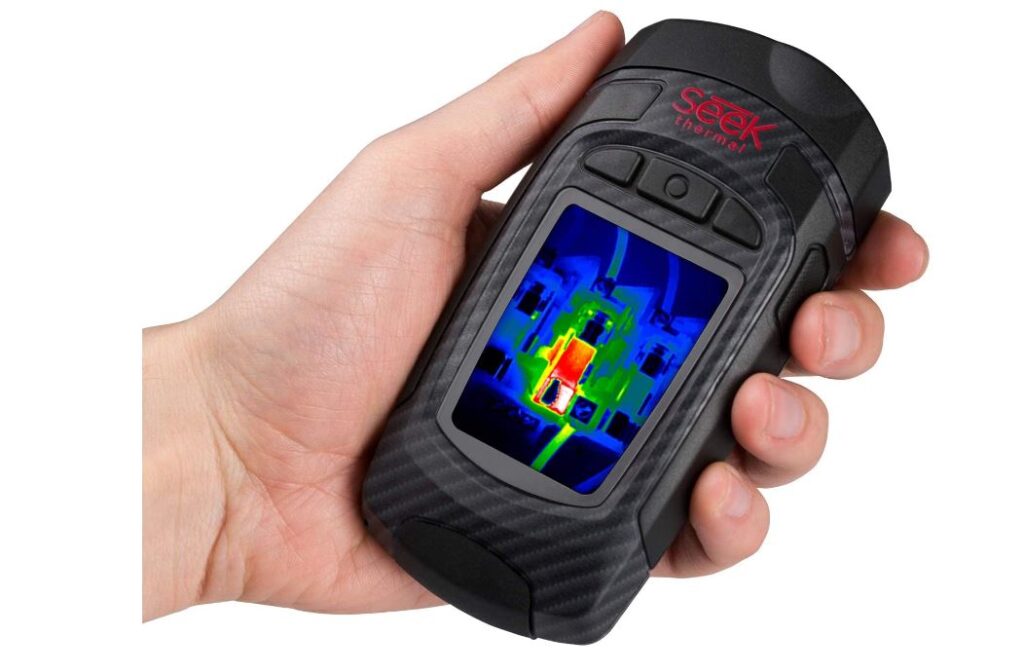
This is for those hunters who want to use a different alternative for hunting. The thermal imager combines performance with portability, meaning that it’s very easy to bring anywhere. The imager is also robust thanks to the use of tough plastic, and a display protected with gorilla glass. Moreover, the sides of the imager are rubberized for grip.
The imager uses a sensor measuring 320 x 240 pixels to capture the infrared and then displays the images on a small but convenient 2.4-inch screen.
The quality isn’t excellent but for the price and portability of this thing image quality cannot be overstated. What stands out however is the detection distance of this imager. Despite its pocket size, it’s capable of detecting objects as far as 600 yards.
Additionally, you get the most utility from features like a built-in 4GB internal memory to save all your images and recordings, a powerful 300-lumen built-in LED flashlight, and a rechargeable battery capable of giving you up to 5 hours with continuous use.
Features
- Thermal sensor: 320 x 240 (76,800 pixels)
- Detection distance: 12 inches to 1,800 feet
- 32 Degree Field of view
- Detection range: -40°F to 626°F
- 9 options of color palettes
- 4” display with Gorilla glass
- 4 GB internal memory
- Dimensions: 5 x 2.4 x 1.2 inches
- Weighs:6.25 oz.
Pros
- Pocket-sized portable
- Solid construction and robust
- Lightweight
- Included a powerful flashlight for illumination at night
- Displays good-quality images
Cons
- The menu can be complicated to use.
5. ATN OTS-XLT 2.5-10x Thermal Viewer

The ATN brand is renowned for good products and this thermal imager continues on that trend. It gives you well-defined thermal images even on the darkest of nights. The imager is also light, portable, and has been designed with simple controls. So that it’s very easy to use.
Although the imager uses a small 160 x 120 pixels sensor and a display resolution of 160 x 120 pixels. The manufacturer uses ingenious mechanisms to ensure that you get an image of decent quality without any grainy appearance.
The imager can detect up to 850 yards. And a built-in range finder that can establish distances up to 263 yards.
The imager is rugged and waterproof. You also get heat tracking, 10 hours of continuous use, 4 different palettes, recording capability, and 8GB internal storage to store all your recordings.
Features
- Sensor Resolution: 160×120 pixels
- Display Resolution: 160×120 pixels
- Field of View, Angle: 4.9 – 6.9 degrees
- Dimensions: 6.85 x 2.63 x 2.08 in
- Refresh Rate: 50 Hz
- Water Resistance Level: IP67.
- 4 different color palettes.
- Operating Temperature: -4 – 131 Fahrenheit
- Weight: 370 g
Pros
- Brings with it good dependability from ATN
- Lightweight
- Delivers images of decent quality
- Easy to use controls
- Comes in portable dimensions.
Cons
- Isn’t as sensitive especially when heat tracking
6. FLIR Scout TK Handheld Thermal Imaging Monocular
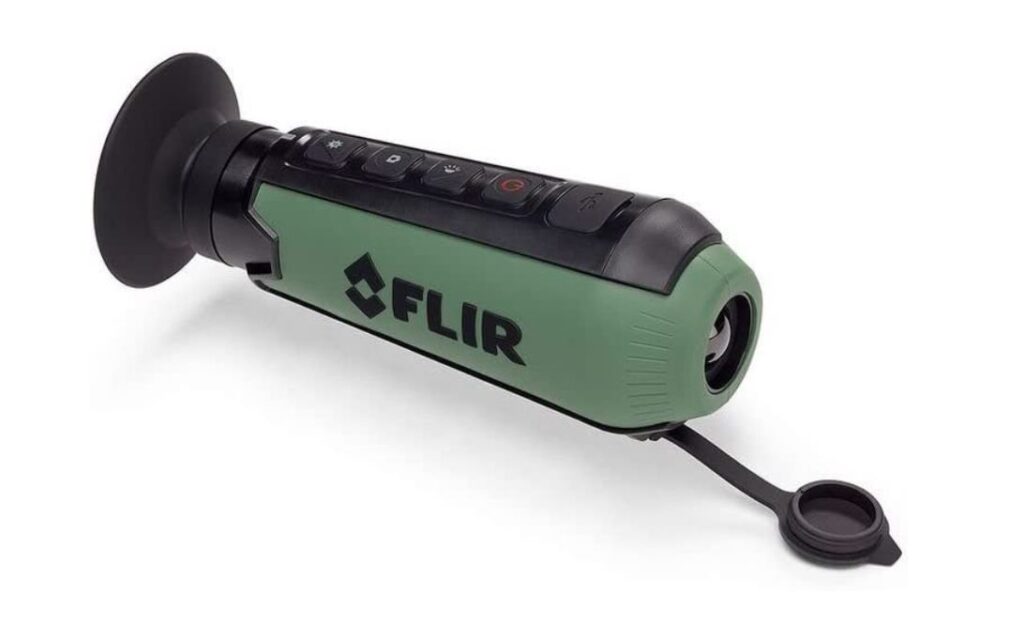
If you want a monocular that’s simplified, yet able to deliver good performance when hunting. Well, this is the best option.
It’s simple and easy to use with only 4 buttons for all the operations. It’s also portable and will easily fit inside your pocket.
The imager uses a sensor measuring 160 x 120 pixels. And displays the image on a screen of 640 x 480 pixels. This allows it to deliver a decent image. But is let down by the small detection distance of 100 yards.
Overlooking this downside, the device still gives value because of the affordable price. And its rugged characteristics like; the use of hard plastics, waterproofing, a lens cap, and a sensor that is deeply recessed inside the housing. To prevent any damage during impact.
Features
- Sensor display: 160 x 120 pixels
- Image display: 640 x 480 pixels
- Detection distance: 100 yards
- Internal Li-ion battery
- 4 color palettes
- Battery life: 5 hours
- Operating temperature: 4°F to 104°F
- Dimensions: 4.0” x 1.5” x 1.5”
- Weighs 6oz.
Pros
- Rugged design
- Available at a friendly price
- It’s a Simplified easy to use design
- Lightweight and pocket-sized
- Records images and still videos.
Cons
- The detection distance is very short at 100 yards.
Best Thermal Imager for Hunting-Buying Guide.
Target Distance
This is the most important characteristic to consider in a thermal imager. When scouring your hunt, you need to stay at a safe distance from your targets. For well-known reasons. A good thermal imager should have a long detection range something above 400 yards.
Thermal sensor
The thermal sensor also known as the microbolometer converts the infrared energy emitted from the target into a thermogram. Which is an electrical signal that is visible to the naked eye. The thermal sensor comes in different resolutions, and the higher the resolution the greater the sensitivity and visible image quality.
The lower-end thermal imagers have as low as 50 x 50 microbolometers. Which is equal to 2,500 pixels. And higher-end devices will have higher than 320 x 240 microbolometers or 76,400 pixels.
Temperature range
The thermal sensor can only work between a specified range of temperatures. This means that there’s a chance that a temperature will not be detected if it’s too high or falls lower than the capable range. A good thermal image should give you a broad spectrum on both sides, for example, -30F° to 500°f.
Display
The resolution of the thermal sensor shouldn’t be confused with that of the display screen. Just like on a normal LED screen, the display resolution affects how defined and crisp the final image will be. And is measured by the number of pixels on either length. For example, 480 x 240.
Look for a display screen with a higher resolution if you want better image quality. Irrespective of the pixels on the thermal sensor. Also, remember that the physically large screen doesn’t necessarily mean that it has a higher resolution.
Battery
Hunting can be a time-consuming process. And you want a battery that will last through it. The best thermal imager should give you juice for a considerable amount of time, of at least 5 hours.
Also, consider the type of battery included because some imagers use rechargeable batteries. While others use alkaline that needs to be replaced every now and then. A replaceable battery is expensive in the long run so it’s more informed to look for a rechargeable one.
Durability
This isn’t really an issue if you take good care of your gadgets. However, the wilderness can be unpredictable, and you want a device that can withstand the harshness. When it becomes inevitable.
A good thermal imager should be rugged. With some level of protection against, impact. And elements like water, dust, fog, and snow.
How a Thermal Imager Works
All exothermic objects emit infrared energy in the form of heat. The infrared is invisible to the naked eye, but the thermal imagers capture this energy and convert it into an electronic signal.
The signal is then displayed on a screen. The conversion is done by a tiny sensor known as a microbolometer, each is designed to capture a particular temperature. Which is displayed as a thermogram with different colors.
Uses of Thermal Imagers
A thermal imager isn’t only good for hunting but can be used for the following purposes;
- Non-contact testing– happens when physical contact isn’t possible or necessary. For example the molten in the steel industry.
- Medical– inflammation causes body organs, and the area of inflammation to rise in temperature. Which can be clearly visible on a thermal imager.
- Pest control– Pests can be easily identified in hidden places by a thermal imager.
- Law enforcement-the military and police can identify the hidden target using thermal imaging.
- Safety inspections– because of the ability to detect small changes in temperature. Thermal imagers can be used to inspect electrical circuits and the temperature in buildings.
Best Thermal Imagers for Hunting-FAQs
Can a thermal imager see through walls?
Yes, a thermal imager uses heat as a medium for reading images and heat can be passed across solid materials
Can you shield from a thermal imager?
Yes, it’s possible with the use of thick non-conductive material like lead. It’s also possible with the use of material that reflects heat. Glass is one example of material known to act as a mirror and reflects infrared radiation. Therefore, if you point a thermal imager at a glass object you get a thermogram of yourself.
CONCLUSION
Using the best thermal imager for hunting gives you an edge because you will be able to identify targets before they ever notice you. We guarantee that the thermal imagers reviewed in this article, will give you the best value when hunting. And can also be used for other applications.
Related:
